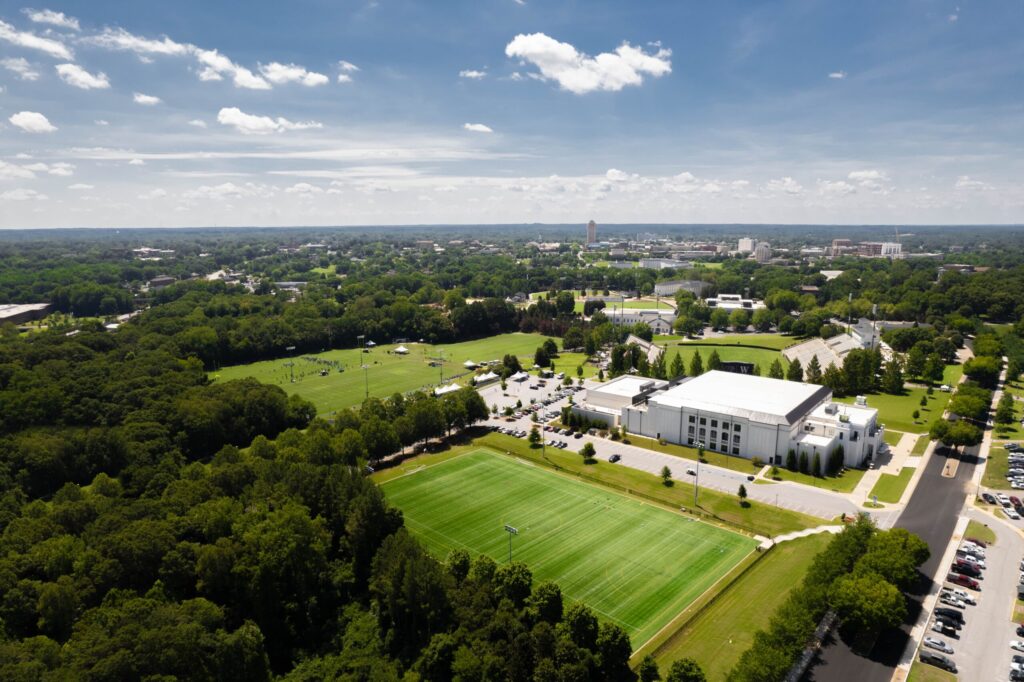Financial Aid Packages 101
For many students, the financial aid package is a huge factor in determining which college they’ll attend. Financial aid packages differ by school, but the types of awards are similar. If you understand the awards, you can decide what financial aid package works best for you. Here are three important terms to remember: Cost of ... Financial Aid Packages 101









